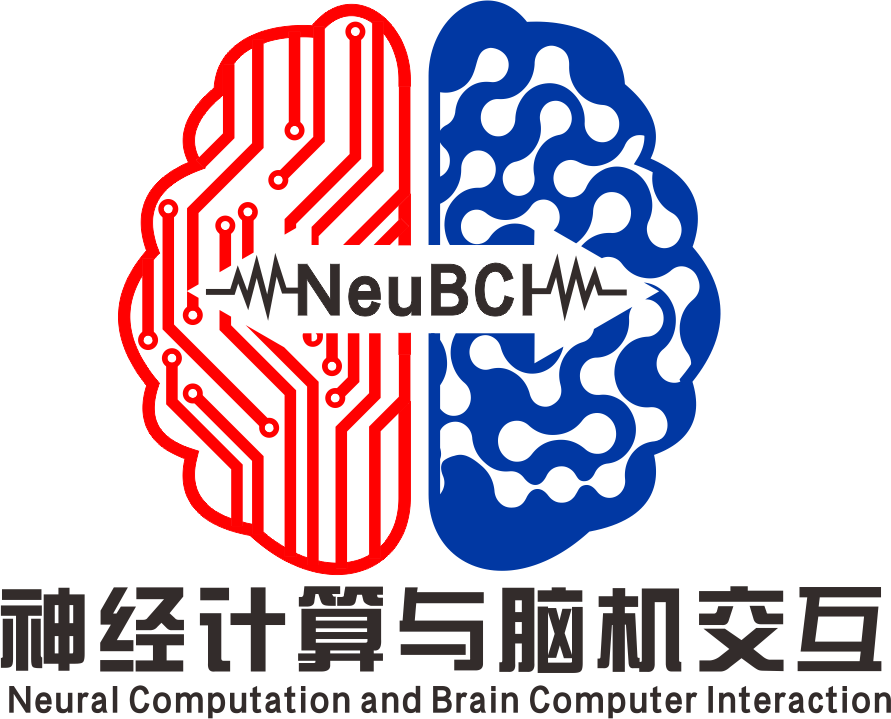本文的第一作者为博士生马学林,题目为“Deep Channel-Correlation Network for Motor Imagery Decoding From the Same Limb”,发表于IEEE Transactions on Neural Systems and Rehabilitation Engineering (TNSRE)。
以下为文章中文摘要:
设计并采集了25名被试的右侧上肢手指关节、手肘关节运动想象任务过程中的脑电数据以及睁眼静息数据。一方面,通过时频分析等手段对手与手肘关节运动想象的大脑激活模式进行探索,发现两者都存在明显的对侧交叉效应,在对侧运动区导联的高Alpha频率段存在显著差异。另一方面,基于导联间相关系数的矩阵特征,提出了一个轻量的通道-相关卷积网络,进一步,采用集成学习方法对基于不同输入窗宽的网络输出进行整合,提出的方法实现了87.03%的三分类精细运动想象解码精度,相比于其他方法提高了19.08%。该项工作进一步证明了单侧肢体多关节运动想象的可分性,对基于精细运动想象范式的脑机接口具有非常重要的意义。
以下为文章英文摘要:
Motor imagery (MI) is an important brain- computer interface (BCI) paradigm, which can be applied without external stimulus. Imagining different joint movements from the same limb allows intuitive control of the outer devices. However, few researches focused on this field, and the decoding accuracy limited the applications for practical use. In this study, we aim to use deep learning methods to explore the ceiling of the decoding performance of three tasks: the resting state, the MI of right hand and right elbow. To represent the brain functional relationships, the correlation matrix that consists of correlation coefficients between electrodes (channels) was calculated as features. We proposed the Channel-Correlation Network to learn the overall representation among channels for classification. Ensemble learning was applied to integrate the output of multiple Channel-Correlation Networks. Our proposed method achieved the decoding accuracy of up to 87.03% in the 3-class scenario. The results demonstrated the effectiveness of deep learning method for decoding MI of different joints from the same limb and the potential of this fine paradigm to be applied in practice.
文章链接:https://ieeexplore.ieee.org/document/8896928
